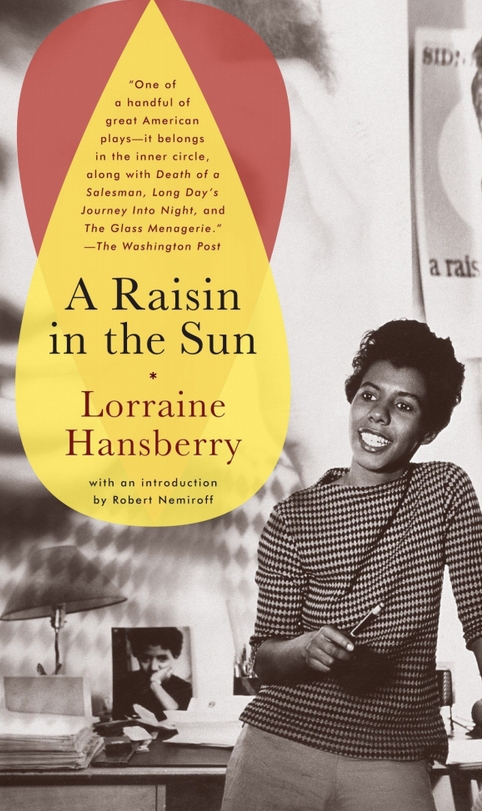I
n 1931, the American historian James
Truslow Adams, in his book, The Epic of
America, formulated the catchphrase,
'American Dream'-a term that went on to
define the search for American selfhood.
Written in the wake of the Great Depression
of 1929, the formula of the 'American Dream'
invoked the myth of the Americans' assigned
role in history to fulfill his destiny. Adams
writes: "...life should be better and richer and
fuller for every man, with opportunity for each
according to his ability or achievement..."
Seventy years later, on 25 May 2020, when
a man called George Floyd, lay gasping on
the streets of Minneapolis, the language of
this 'American Dream' choked on the words
"I can't breathe". Not since Martin Luther
King uttered, 'I have a dream', had the power
of words been so telling, so poignant. The
simplicity of these Floyd's last few words
provoked an outburst of anger, guilt, shame
and horror-long overdue in the suppressed
lives of the country's minorities. "What
happens to a dream deferred?'', asked the Black poet-prophet Langston Hughes in his

1951 poem Harlem:
Maybe it just sags
like a heavy load.
Or does it explode?
The career and path of the Great American
Dream had moved from the wayside kerb of
white metropolitan city to an explosion of
hopes and frustrations onto the lanes and
by-lanes.
Way back in 1957, Lorraine Hansberry's A
Raisin in the Sun, raised these key thoughts
and anxieties about how and why Black lives
matter. Long before social media crusades
waged battles against black victimization
of all kinds, Here was a 27 year old African-
American playwright who was trying to give
a cultural shape to the political demands of
Civil Rights Movement and de-segregation.
A Raisin in the Sun, whose title incidentally
was taken from Hughes' poem Harlem, tries
to critique the trajectory of the American
Dream in the lives of urban Black families.
What does this dream signify
to each of these family members? A big house, a liquor store, a career in medicine, a Chrysler, a lawn
with a gardener or just a big tub with hot water running in it—Hansberry's characters strike at the
very root of American mass culture and its dissemination of 'dream' imagery. Across billboards, film
posters, radio shows, television programs, Hollywood and Broadway-the American Dream has been
advertised, packaged and consumed for generations. Unless one has partaken of this advertisement,
one isn't an American with "ability" or "achievement". For, wasn't George Floyd himself
apprehended for an alleged fake $20 bill? The price of dream sometimes is as meager as that.
Mama Lena, Walter, Ruth, Benethea and Travis—characters in A Raisin in the Sun-represent
different generations of Black aspirations. Divided by age and ambition, this family from Southside
Chicago is yet united by a shared history of race and colour. Coming down from the Reconstruction
Era struggle for a new life, Lena and her husband have worked towards a future of security and
togetherness. In this vision of future, equality and liberty are distant ideas, not guaranteed truths.
Lena's children, Walter and Benethea, have been raised in the black ghettoes of Southside Chicago,
in the stormy decades of the 1940s, when Dr. Martin Luther King and his men, start marching the
streets of USA. The Civil Rights Movement brought new consciousness about the need for equal
claiming of 'space' and 'plac' for the Black community. Hansberry and her characters look into the
very heart of this debate—does equality translate to equal material worth or does equality also
grant the liberty to not integrate? So, while, Walter wants a simple rich American life, Benethea
wishes to reject it as the very basis of American corruption. Raging questions on 'Back to Africa' and
Black assimilationist politics torment the characters, as they draw lines of division between
individual dreams and identities.
No two generations see eye-to-eye on what they truly want for themselves and for the Black
community as a whole. As the family prepares to move to a white neighbourhood in the face of
extreme hostility from the residents, a pall of uncertainty hangs over the future of America. Kennedy
and Dr. King are assassinated, the H-bomb race with USSR gears up and the war in Vietnam rages
on—and perhaps, somewhere in the middle of this uncertainty, a George Floyd is born with new
dreams and old fears. Today, after so many decades, as arguments rise and fall around 'Black Lives
Matter', Hansberry's play dramatizes old relevant conflicts between shame, guilt, fear and the
search for the Great American Dream. ∎